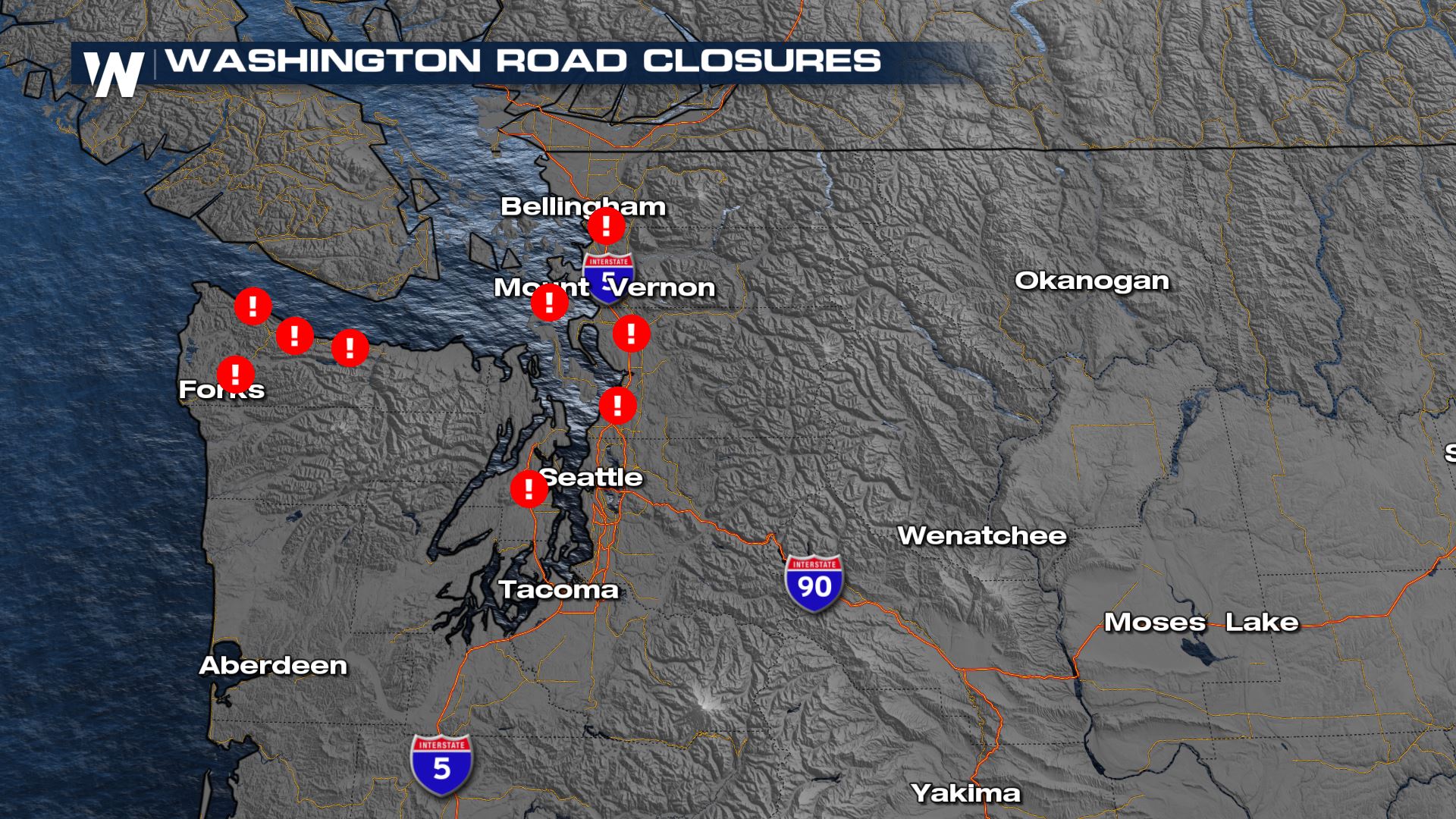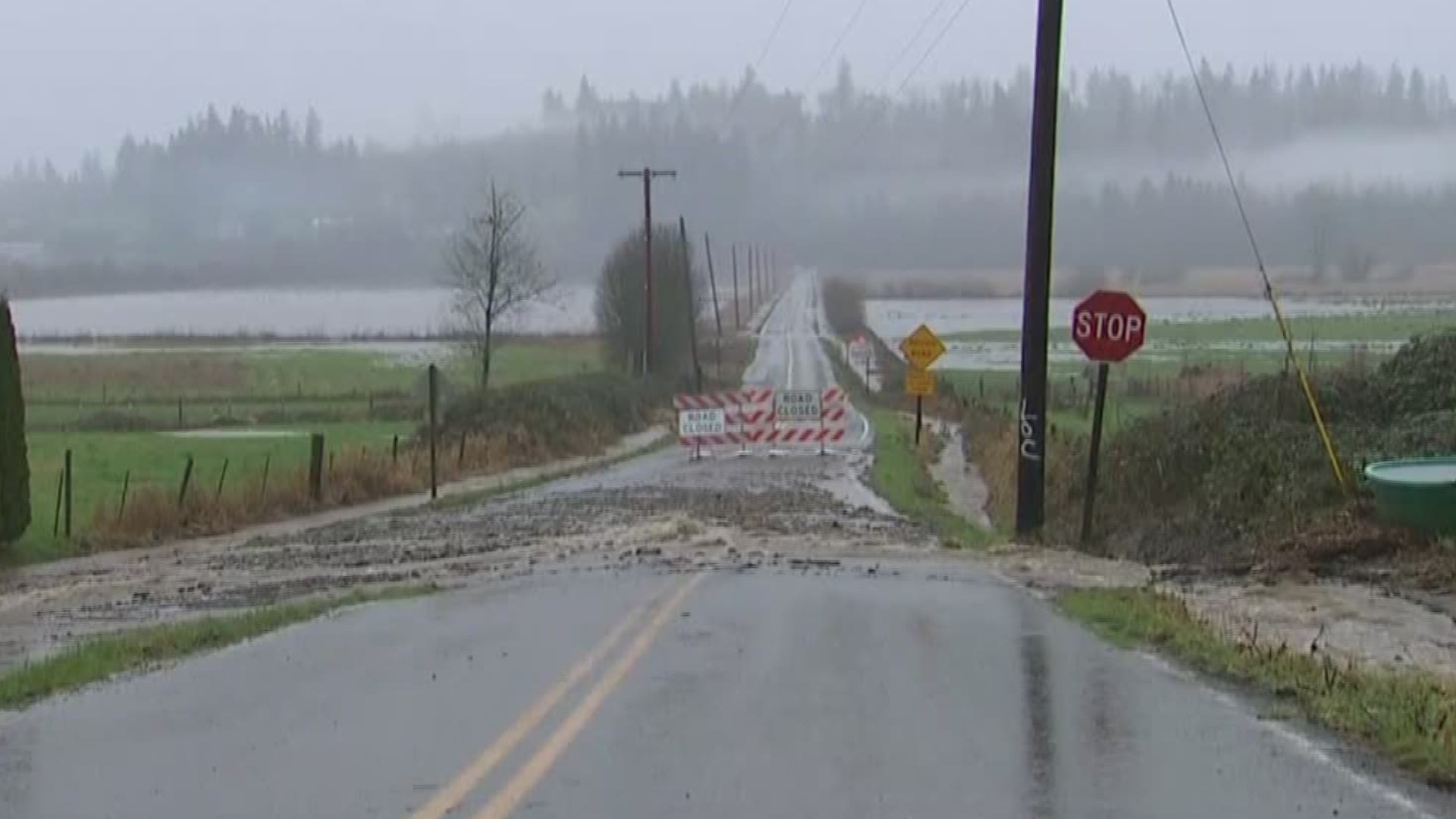Washington State Flood Watch: Stay Informed And Stay Safe
Washington State flood watch is more than just a weather alert—it’s a crucial warning system that can save lives and protect property. From torrential rains to overflowing rivers, this region is no stranger to water-related challenges. But don’t worry, we’ve got you covered with all the info you need to stay safe and prepared.
Imagine this: you’re tucked up in your cozy cabin, enjoying the serene beauty of Washington State’s lush forests and sparkling lakes. Suddenly, your phone buzzes with a flood watch alert. What do you do? How serious is it? And most importantly, how can you protect yourself and your loved ones? Let’s dive into the nitty-gritty of flood watches in Washington State and make sure you’re ready for anything Mother Nature throws your way.
Floods are one of the most common natural disasters in the U.S., and Washington State isn’t immune. Whether it’s caused by heavy rainfall, melting snow, or rising river levels, understanding the ins and outs of flood watches can make all the difference. So, grab a cup of coffee, and let’s break it down step by step.
- Discover The Best Restaurants In Midwest City Ok A Foodies Paradise
- Revolutionize Your Customer Support Why Ups Live Chat Is A Gamechanger
What Exactly is a Flood Watch?
First things first, let’s clear up what a flood watch actually means. Think of it as a heads-up from the weather gods. It’s like when your buddy says, “Hey, you might want to bring an umbrella today.” A flood watch is issued when conditions are ripe for flooding but not necessarily imminent. It’s a warning to be alert, not alarmed.
Here’s the deal: the National Weather Service (NWS) uses flood watches to alert people about potential flooding risks over the next 12 to 48 hours. It’s their way of saying, “Hey, things could get messy, so be prepared.” Unlike a flood warning, which means flooding is already happening or about to happen, a flood watch gives you time to get your ducks in a row.
Why Washington State is Prone to Floods
Washington State’s geography is both a blessing and a curse when it comes to flooding. With its majestic mountains, vast forests, and sprawling rivers, the state is a nature lover’s paradise. But all that beauty comes with a price. The Cascade Range, Puget Sound, and Columbia River Basin are all factors that contribute to the state’s vulnerability to floods.
- Jayz Raid The Untold Story Of An Icon Under Siege
- Breckenridge Christmas A Winter Wonderland You Donrsquot Want To Miss
Here’s why:
- Heavy Rainfall: Washington is known for its rainy weather, especially in the western part of the state. When it rains cats and dogs, the soil can only absorb so much before it reaches its limit.
- Snowmelt: In the spring, melting snow from the mountains can cause rivers to swell, leading to potential flooding.
- Coastal Flooding: With its extensive coastline, Washington is also susceptible to coastal flooding, especially during high tides or storms.
When is Flood Season in Washington State?
Flood season in Washington State typically peaks during the winter months, from November to March. This is when the state sees the most rainfall and snowmelt. But don’t be fooled—floods can happen at any time of year, especially if there’s a sudden weather event like a tropical storm or a flash flood.
Here’s a quick breakdown of the flood season:
- Fall: Rainfall begins to increase, and rivers start to rise.
- Winter: Heavy rains and snowmelt create the perfect storm for flooding.
- Spring: Melting snowpack can cause rivers to overflow.
How to Prepare for a Flood Watch
Now that you know what a flood watch is and why Washington State is prone to floods, let’s talk about how you can prepare. Prepping for a flood watch is like packing for a road trip—you want to make sure you’ve got everything you need to stay safe and comfortable.
Here are some tips:
- Stay Informed: Sign up for weather alerts and keep an eye on local news channels.
- Create an Emergency Kit: Stock up on essentials like water, food, batteries, and a first-aid kit.
- Protect Your Property: Elevate appliances, install flood barriers, and consider flood insurance.
Understanding Flood Alerts and Warnings
Let’s break down the different types of flood alerts you might encounter in Washington State:
- Flood Watch: Conditions are favorable for flooding, but it’s not guaranteed.
- Flood Warning: Flooding is occurring or is imminent. Take action immediately!
- Flash Flood Warning: A sudden and severe flood is happening. Seek higher ground right away.
Knowing the difference between these alerts can help you respond appropriately and stay safe.
How the National Weather Service Monitors Floods
The National Weather Service (NWS) is the go-to source for all things weather-related in Washington State. They use a combination of advanced technology and good old-fashioned human expertise to monitor flood conditions.
Here’s how they do it:
- River Gauges: These devices measure river levels and provide real-time data to forecasters.
- Radar Systems: Weather radar helps track rainfall intensity and duration.
- Satellite Imagery: Satellites provide a bird’s-eye view of weather patterns and potential flood risks.
Real-Life Examples of Washington State Floods
Let’s take a look at some notable floods that have hit Washington State in recent years. These examples highlight the importance of being prepared and staying informed.
In 2018, the Chehalis River in southwestern Washington reached record levels, forcing hundreds of residents to evacuate. The flood caused millions of dollars in damage and highlighted the need for better flood management strategies.
Another example is the 2009 flooding in the Yakima Valley, where heavy rains and snowmelt caused widespread flooding, impacting agriculture and infrastructure.
Lessons Learned from Past Floods
Every flood teaches us something new. Here are a few lessons from Washington State’s flood history:
- Early Warning Systems: The importance of having reliable and timely flood alerts.
- Community Preparedness: The value of community-wide planning and response efforts.
- Infrastructure Improvements: The need for better levees, dams, and drainage systems.
How to Stay Safe During a Flood
When a flood watch turns into a flood warning, it’s time to take action. Here’s what you need to do to stay safe:
First, get to higher ground. Floodwaters can rise quickly, and standing water can be deceivingly dangerous. Avoid driving through flooded areas—just six inches of water can sweep away a car.
Next, stay informed. Keep a battery-powered radio handy and listen for updates from local authorities. If you’re told to evacuate, do so immediately. Your life is more important than your stuff.
What to Do After a Flood
Once the floodwaters recede, the cleanup begins. Here’s how to handle the aftermath:
- Assess Damage: Check your home and property for structural damage.
- Document Everything: Take photos and keep records for insurance claims.
- Stay Safe: Avoid floodwaters, as they can be contaminated with sewage or chemicals.
Resources for Flood Preparedness in Washington State
There are plenty of resources available to help you prepare for floods in Washington State:
- Washington Emergency Management Division: Offers flood preparedness tips and resources.
- FEMA: Provides information on flood insurance and disaster assistance.
- Local Emergency Services: Check with your local government for specific flood preparedness plans.
How to Support Flood Victims
If you want to help those affected by floods, there are several ways to do so:
- Donate to Relief Organizations: Groups like the Red Cross provide vital assistance to flood victims.
- Volunteer Your Time: Many local organizations need volunteers to help with cleanup and recovery efforts.
- Spread Awareness: Share flood preparedness tips and resources with your community.
Conclusion: Be Prepared, Be Safe
Washington State flood watch might sound intimidating, but with the right knowledge and preparation, you can weather the storm. Stay informed, stay prepared, and don’t hesitate to take action when necessary.
So, what’s the next step? Share this article with your friends and family to help them stay safe. And if you’ve got any tips or experiences to share, drop them in the comments below. Together, we can make Washington State a safer place for everyone.
Table of Contents:
- What Exactly is a Flood Watch?
- Why Washington State is Prone to Floods
- When is Flood Season in Washington State?
- How to Prepare for a Flood Watch
- Understanding Flood Alerts and Warnings
- Real-Life Examples of Washington State Floods
- How to Stay Safe During a Flood
- Resources for Flood Preparedness in Washington State
- How to Support Flood Victims
- Conclusion: Be Prepared, Be Safe
- What State Is Notre Dame University In Unveiling The Home Of The Fighting Irish
- Bowling Green Ky Animal Shelter A Haven For Furry Friends And Compassionate Hearts

Rain and snow cause avalanches, flooding in Washington state

Washington Recap Extreme Flooding, Record River Crests and Intense

Heavy rain prompts emergency proclamation and flood warnings across